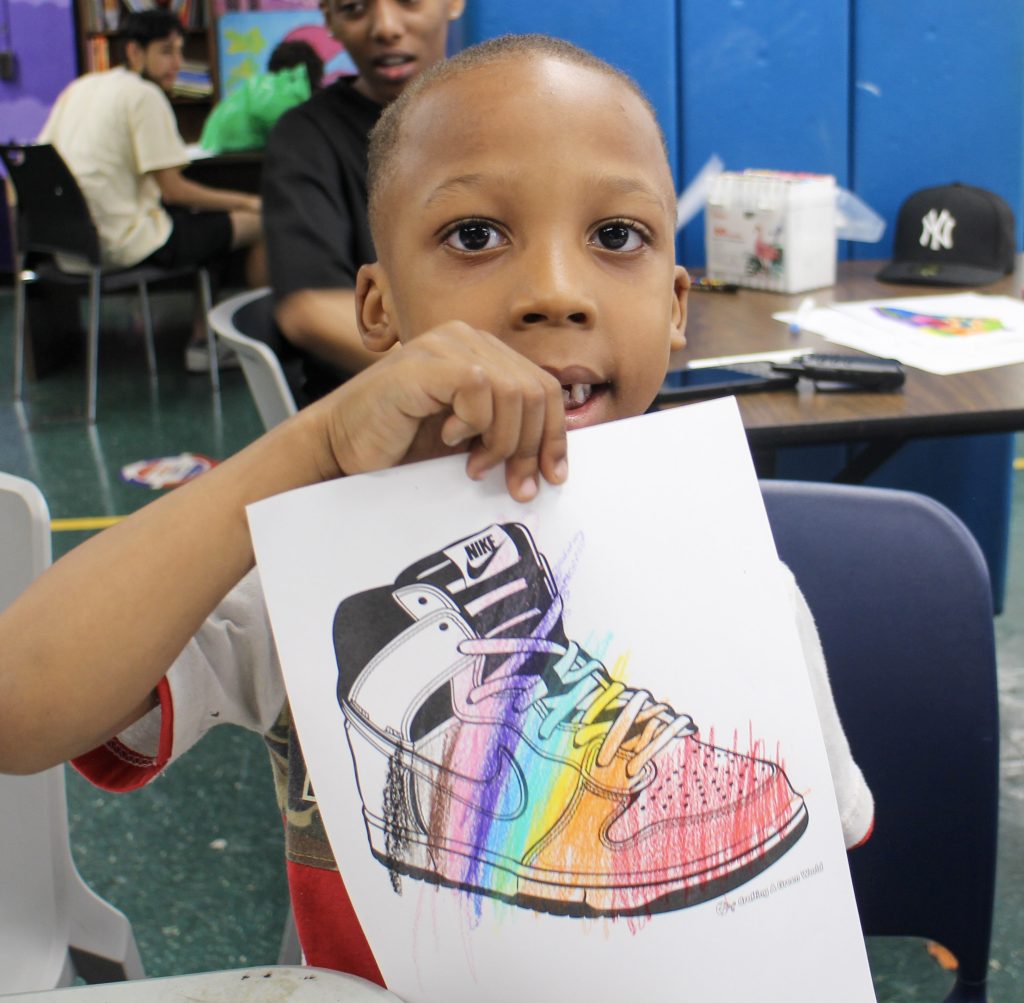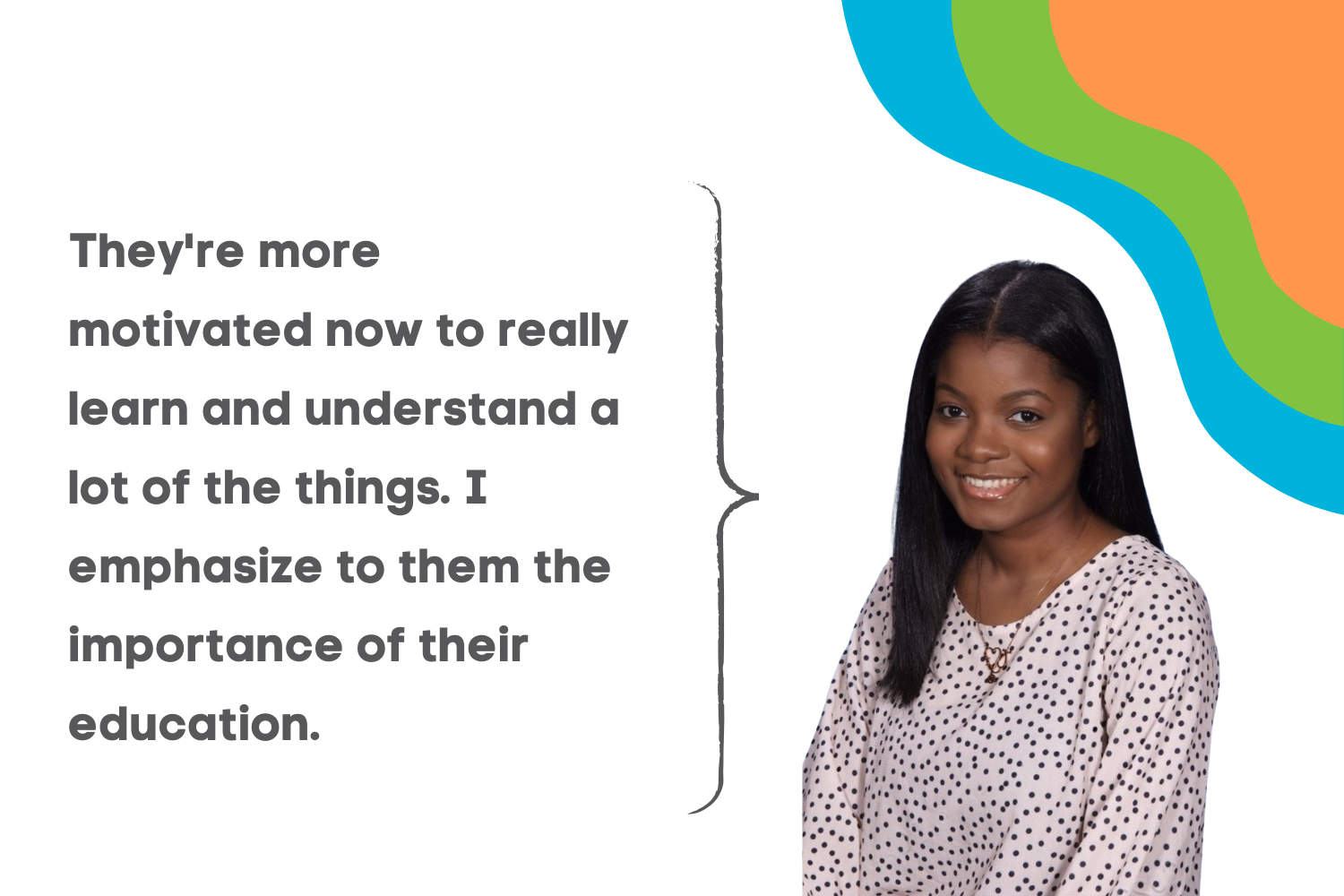Art as Therapy: How Creative Expression Supports Mental Health and Healing in Brooklyn

Research has shown that art is a highly effective way for people to deal with trauma, anxiety, depression, and myriad other struggles. One study published in Health Technology Assessment found that art therapy had positive effects on people with nonpsychotic mental illnesses, lessening their symptoms and bringing them greater daily peace of mind.
The same study noted that art is a more cost-effective form of therapy, thus being more accessible to people who are struggling with their mental health and financial insecurity. While traditional talk therapists in New York City charge, on average, roughly $200 per session, art therapy requires little more than basic materials like colored pencils, watercolor paints, canvases, charcoal, etc.
By exploring different mediums such as sculpting, painting, and collaging, art therapy participants can create works that reflect their lived experiences and emotions in a safe, supportive environment. Therapists and facilitators may then help participants reflect on the work they have produced, providing a forum to discuss possible meanings and associations.

Valentine’s Day crafting at PROS.
Emily Sharp, a NYC-based art therapist, says that art therapy works differently for every person and is adaptable to each person’s unique experiences. “Some clients find it helpful to process verbally during art making, while others prefer to work quietly. Some clients may not wish to use art materials right away, and this is fine too,” says Sharp. “Others find that it’s most helpful to use our sessions for traditional talk therapy, but they appreciate arts-based ‘homework assignments’ to use in between sessions.”
New York City and other major cities can be especially challenging environments for people struggling with mental health challenges, as urban trauma and poverty pervade some neighborhoods. The city-wide mental health initiative ThriveNYC outlines the specific forms of trauma (and associated mental health struggles) that affect New Yorkers: Psychological Trauma, caused by negative experiences such as neglect or abuse; Racial Trauma, which occurs after experiencing or witnessing racial bias, ethnic discrimination, or hate crimes; Community Trauma, the result of exposure to interpersonal violence committed in public, i.e. bullying or gun violence; and Collective Trauma, which follows any large-scale event that disrupts the normal functioning of society and produces a shared emotional response.
“Between the demanding and competitive pace of work, high rents that often make it prohibitive to live alone, and lack of personal space on subways and other public spaces, New Yorkers are uniquely prone to having symptoms of earlier traumas retriggered,” explains Downtown Somatic Therapy, a NYC-based therapy practice. “Some of the symptoms of trauma include hypervigilance, hyperarousal, constriction, dissociation, and extreme sensitivity to light and sound. So it comes as no surprise that living in a bustling environment with endless stimulation can feel triggering and result in a trauma response.”
Many of BCS’s programs cater to Brooklynites who have experienced some form of trauma and/or financial insecurity. For this reason, we have integrated art therapy into several of our programs to help participants process difficult circumstances and convey feelings that may be hard to vocalize.
Ivy Hanfling is a Program Director and Art Therapist at BCS’s Personalized Recovery Oriented Services (PROS), specializing in rehabilitation and mental health services for adults with disabilities. Hanfling says that the arts have been a major help to many of PROS’s participants, allowing them to improve their insight and self-awareness. “Art helps them in managing their barriers,” Hanfling says. She’s noticed that many PROS members are more responsive to art therapy because it feels less “formal” than traditional talk therapy, and they feel truly free to open up and express themselves.
BCS’s shelter for women, the Transitional Living Community (TLC), also incorporates the arts into its programming for residents, many of whom have come to TLC from traumatic circumstances. “When I arrived at TLC at the end of last February, we gradually implemented programming alongside other strategies to ensure our vision and goals remained clear and aligned,” says TLC Program Director Christian Molieri. “We purchased oil and watercolor paints, colored pencils, pastels, drawing paper, construction paper, and other essentials. This provided an accessible and therapeutic outlet during unstructured time.”
Molieri says that TLC has also started hosting “Snack and Paint” sessions, facilitated by staff members. These sessions have become a popular group activity, allowing participants to engage in guided creative expression while fostering community and relaxation.
BCS has also incorporated arts education into afterschool programs, giving young Brooklynites the chance to learn more about different modalities and build confidence in their artistic abilities. For instance, the BCS Academy for Young Writers offers students experience in everything from clay modeling to paper mache. “For kids who are struggling and having a hard time in life, art serves as a large outlet,” says Jesus Medina Jr., Program Director at the Academy. “They are dealing with a lot of big feelings all at once and have nowhere to put them. Working through ideas for an art piece allows for students to process their emotions healthily on their own time.”
Arts therapy has proven especially important for kids, aiding healthy development and socialization. According to The Palmeira Counselling and Psychotherapy Practice, “For children, [art] can be a particularly useful tool as they may have been told by adults ‘not to tell’ of negative experiences such as abuse or neglect…they may also lack vocabulary so the image can allow them to bring words to what they feel.”

Creative time at Farragut Cornerstones.
After seeing the remarkable impact of creative play on his students, Medina Jr. believes strongly that art should be integrated into all afterschool programs. “There are some children that find it hard to go straight home after day school lets out due to home situations: having arts in afterschool allows the children to create while still in a state of play,” he says. “It helps them still feel like kids when they are facing big problems that might force them to ‘grow up too fast.’”
During these cold winter months, maintaining mental health is more important than ever, and BCS programs will continue to meet Brooklynites’ needs with a range of therapeutic, community-building arts activities.
“By integrating art into our programming, we continue to provide meaningful opportunities for our residents to explore their creativity, enhance their mental well-being, and find moments of joy and connection during their journeys,” says Molieri. “Inspiration begets inspiration.”

Art made by TLC residents.
Top Viewed Posts
Youth Art Programs
Program Spotlight: Day Habilitation
BCS Volunteers Spring into Action for Brooklyn

 SUBSCRIBE
SUBSCRIBE 












